
Climbing coach Robin O'Leary teams up with top physiotherapist Nina Leonfellner to help climbers prevent and cure common imbalances and injuries, helping you reach your potential without destroying your body. This article looks at one of the most common injuries for climbers; elbow tendonitis.
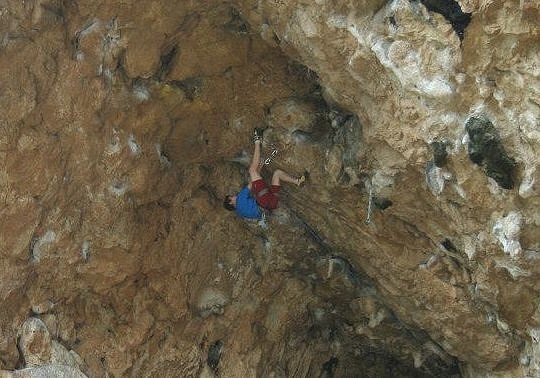
Last week we looked at the painful truths behind shoulder impingement. A common injury in climbers and one many just try to climb through until they can climb no longer. We had many questions asking about long term injuries and the best advice we can give is to seek the advice of a professional. If you are just starting to feel the aches and pains or trying to keep injuries at bay, then these exercises are for you.
Although shoulder impingement is a common injury, elbow injuries (tendonitis) are arguably the most common along with finger injuries. Every climber will, at some point in their career, have either golfer's or tennis elbow. If we react immediately, it would probably put us out for no more than a week or two, but most of us are stubborn and try to climb through it thinking "it will be gone in a couple of days". Their next thought after finishing a route or boulder problem is "ooh, I can feel that a little, but it's not that bad" and sooner or later, they will be grabbing for their elbows in pain and gone from the scene for months.
I have suffered from elbow tendinitis on a couple of occasions in the past and know many who have been put out, at their strongest, for up to three years! It is a debilitating injury and one you should definitely not ignore.

Again, I have partnered up with well-known physiotherapist Nina Leonfellner to ask some questions about elbow injuries and how we should recognise them, treat them and rehabilitate them.
So Nina, how common are elbow injuries and how do we differentiate between golfer's and tennis elbow?
When one is pushing themselves, elbow pain of some sort is EXTREMELY common. Pain felt on the inside of the elbow is medically known as Golfer's Elbow, and pain felt on the outside bone is known as Tennis Elbow. The elbow insertion of Biceps is also a common source of elbow pain in climbers, which is pain located in the inside, centre of the elbow.
Ok, I'm sure we all know what it is like, but for those that have a dull-ache and are unsure, or those that are just beginning, can you describe how these injuries feel?
As mentioned, the pain can be located either on the outside (tennis elbow), or on the inside (golfer's) of your elbow. Usually, it starts with a dull-ache and a slightly tight upper forearm that becomes overly sensitive especially after climbing. This can worsen and a distinct, sharp pain can be felt on the bone (or within an inch or so) on either side. You will feel it before, during and after climbing. You will feel this when waking up, when picking up a cup and even carrying plastic bags from the supermarket. It is horrible.
So we all know what it feels like, but how does it happen? I have spoken to many climbers over the last few months and all of whom cannot remember how it happened, only that it worsened to the point that they had to have time off.
Most elbow injuries are tendinopathies. A tendinopathy arises when a tendon is overloaded. Tendons can be overloaded with repetitive strain, where the tendon is not given time to repair itself from training sessions, i.e. too much training, or training too soon - jumping back into climbing too fast. Training with poor technique, or in positions of elbow strain, like a 'chicken wing' position, deep lock-offs, over-stretching a straight arm in a 'hyperextended' position (where the elbow bends backwards and is hyper-flexible), and/or over crimping. Trying something over and over, or with poor technique. Most importantly over-training things that you are not really conditioned for, like campussing, a pinchy problem, slopers, bouldering or too many overhangs.
A tendon can also be traumatically overloaded in an incident where a foot pops off, or when you wrench your arm or over-stretch in a strenuous way that you are not trained for. The tendon can also be weakened from over-training and therefore becomes tired and takes less effort or force to damage it.
Given time, fluid, lots of blood flow and healthy, stimulating stresses, a tendon will heal well (like they do after a healthy training session). If the tendon is overloaded once again before this happens, then a defence strategy takes place within the tissues. This is not a healthy repair. It is a patchwork job that will fail again, and will likely cause more harm when it does.
Tendons do not repair at the same rate as muscle tissue. Tendons can therefore become overloaded more quickly than muscle. If you are doing something strenuous, then you need to train your tendons to handle the load (climbing is very strenuous on our tendons). Collagen building in tendons occurs well with strengthening exercises that load them on a stretch (eccentric exercises). Tendons also respond well to Heavy, Slow, Resistance (HSR) training. This type of training uses a weight that can be handled slowly in a shortening (concentric) and lengthening way (eccentric). Climbing does train our tendons in this way, but we have to train smartly and respect rest and recovery.
As I mentioned above, when I suffered from golfer's elbow, I had to stop climbing and took a month off. Is this usual? What does it mean if you are suffering from pain in your elbows?
You need your elbows to pull, so if they are painful and weak, you will not be able to pull hard or at all if really severe.
Pain lasting longer than 3 months classes the tendinopathy as a chronic, 'overuse' condition. This means that an unhealthy defence mechanism of healing has set in, and it will be harder, and take longer to reverse. The longer you have carried a tendon injury, the longer it will take to go away. In a chronic tendinopathy the tendon has not been given the chance for full repair and is now starting to slowly degrade.
Bad news if left un-managed, as an elbow tendon problem can soon become an elbow tendon and nerve problem, which means healing time takes MUCH LONGER to recover, and sometimes, you can never fully recover from nerve damage. The ulnar nerve runs around and through the soft tissue around the inside elbow, so if there is inflammation and scar tissue there, it will rub, compress and irritate the ulnar nerve. Sharp, shooting pains, tingling, and/or pins and needles strongly indicates you have an irritated nerve.
That all sounds too familiar and something I hope never to feel again. So that it doesn't, I try to keep exercising, however, I often wonder which ones are best to treat elbow tendonitis and to keep it at bay?
For all of these exercises start with eccentric (lowering or lengthening) only and with weights that feel easy-moderate and up to 15 reps and 3 sets; then progress the weight so that it feels difficult and you are getting pumped at 15 reps. It is fine to feel a slight pain during and/or after the session, but it is best to grade the pain. 0 equals no pain at all, 10 is excruciating and feels like bad pain. The pain you feel when training should NOT be more than 3/10, and you should not feel more pain the following morning, or day after your session. If you do, you did too much and you are overloading again. You should also do some form of warm up first to bring blood flow to your upper body and arms, like skipping and burpees/shoulder presses (for more warm-up exercises, please visit my blog - robinolearycoaching.com). Anything that gets your heart rate up and your arms feeling physically warm is ideal. The injured tendons need blood and fluid circulating freely through and around them in order to have the right nutrients, but also, so they can glide and contract well.
Forearm Pronation
(more for tennis elbow, but you can do for all elbow issues. It is also a good strength and conditioning exercise).
How to do it:
Hold a barbell or DIY tool (or even a wine bottle) at the base or neck if a bottle (the longer the lever arm the harder & if you add weight it makes it a lot harder). Very slowly lower the bar inwards, towards your body, keeping tension the whole time. Stop when you feel a stretch/tension in your tissues, or if you feel 1-3/10 pain but don't relax there, keep EVERYTHING tense, then with your other hand help to lift the weight back to the starting position.
Forearm Supination
(more for Golfer's elbow)
What to do:
Hold a bar or DIY tool at the base. Very slowly lower the bar outwards, away from your body, keeping tension the whole time. Stop when you feel a stretch/tension in your tissues, or if you feel 1-3/10 pain but don't relax there, keep tense, then with your other hand help to lift the weight back to the starting position.
Broomstick/Bar/Thera-Band Wrist Curls, Forwards & Backwards
(More for tennis elbow, but you can do for all elbow issues. It is also a good antagonist strength and conditioning exercise)
What to do:
Get a broomstick or a weighted bar, preferably something narrow to grip. Hang a weight or some climbing gear in the middle of the bar with some cord/rope (1-2kg to start then add on so that you get a pump after 20-30 sec of curling). The two actions involve the hands with palms down and starting with elbows next to you(clamped to your sides), later on you can stretch arms forwards to make it a bit harder on your shoulders and elbows. The two actions are:
1. grip the bar and lift your wrist upwards whilst rotating, then the same with the other wrist and continue rotating your wrists upwards alternating sides for 10-15 sec building up to 30 sec.
2. same grip and position but this time rotate your hand and wrist forwards/downwards, as to stretch the top of your wrist/forearms, but in tension. If this position gives you more than a 3/10 pain OR it feels too strenuous wait a few weeks of doing the other exercises first and then add it in later.
Do 10 sec 10x, then 15sec x8, then 20 sec x5, then 30 sec 3-5 x both ways. Make sure you have enough weight to feel a pump in forearms, but no pain at the elbow that is above 2-3/10.
The Thera-Band Flexbar has been designed to do the above curls under tension (like the weight). If you are looking to "rev" the bar or lift the wrist, start with both arms in front and the bar in a vertical position. The "revving" hand should be on the bottom of the bar and the stationary hand on top of the bar. The bottom hand should be in the locked position (wrist straight and thumb pointing up) and the stationary hand should be twisting so that your fingers are pointing towards your body with your thumb pointing down. The amount you twist the hands dictates the amount of tension on the bar. Grip the bar and then turn the bar so that it is horizontal.
In this position, the bar can be used to either lift your right wrist, or twist down your left wrist. To turn your wrist down works golfer's elbow (your inside elbow) and to lift up works tennis elbow (outside elbow). The next two photos highlight the two positions.
To work the opposite positions for your arm, start in the opposite position – left hand on the bottom and right hand on top, twist both accordingly to your injury (less if chronic).
In the video below, Robin O'Leary demonstrates the use of a Thera-band Flexbar for helping to treat elbow tendonitis:
Finger & Forearm Flexor Stretch
To be done only AFTER climbing &/or rehab/training. 20-30 sec x1-2.
What to do:
Stand facing a table, turn arms so that fingers face backwards towards your body, wrist and elbow creases face forwards, palms down on table. Start with finger tips hanging off the table edge. Then gently bend your elbows slightly (do not have elbows in a hyper-extended position), elbows should have a slight bend. You should feel the stretch in your forearm in the front/flexor section. Do not do this if you feel this stretch in your wrist or thumb. If the stretch is too mild or not much at all, then keep the same elbow and wrist position but move your hands forwards so that your fingers are flat on the table. You can also flatten the finger joints of one hand with your other hand to increase the stretch.
Pronation/Wrist Extensor Stretch
To be done only AFTER climbing &/or rehab/training. 20-30 sec x1-2.
What to do:
Whilst standing, raise your arm in front of you with a straight, but not over-extended elbow, so if you are 'hyper-flexible' keep your elbow slightly bent. Turn your forearm inwards, so that your thumb points towards the floor, bend your wrist towards your forearm and push your knuckles and fingers back to increase the stretch in the top of your forearm, in your extensors.
PLEASE NOTE:
A large percentage of climbers that acquire tendinopathies caused by repetitive strain are because of poor training habits and technique issues. If this is you, then consider some coaching sessions, preferably with video analysis, so you can see for yourself what you are doing right and not so right...
You may need to include shoulder, rotator cuff and/or neck and spine exercises as well. You also need to know if your ulnar or median nerve is irritated. Elbow pain can be referred from your neck. Weak and/or tight shoulders can contribute to overloading your elbows and arms. You may need to do Hammer, Zottman and/or Bicep curls as well. You may also benefit from taping your elbow so it does not 'hyper-extend' while climbing.
Each case is slightly different. It is always best to get a professional assessment.
To book a session with Nina, please visit her website
If you are worried you are climbing with poor technique or bad posture, book a video analysis session with Robin by visiting his blog or email him: coaching@robinolearycoaching.com
- VIDEO: ROCUPtv - Footwork - Applying Pressure and Heel Positions 17 Apr, 2020
- VIDEO: ROCUPtv - Technique: Footwork Precision and Accuracy 2 Apr, 2020
- VIDEO: ROCUPtv - Technique: How important is good climbing footwear? 25 Mar, 2020
- Beyond Moves and Technique: The Importance of Core Training 5 Feb, 2015
- Injury Management and Prevention: Fingers 27 Apr, 2014
- Injury Management and Prevention: Junior Climbers 9 Apr, 2014
- Injury Management and Prevention: Shoulders 12 Feb, 2014

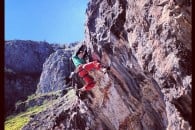

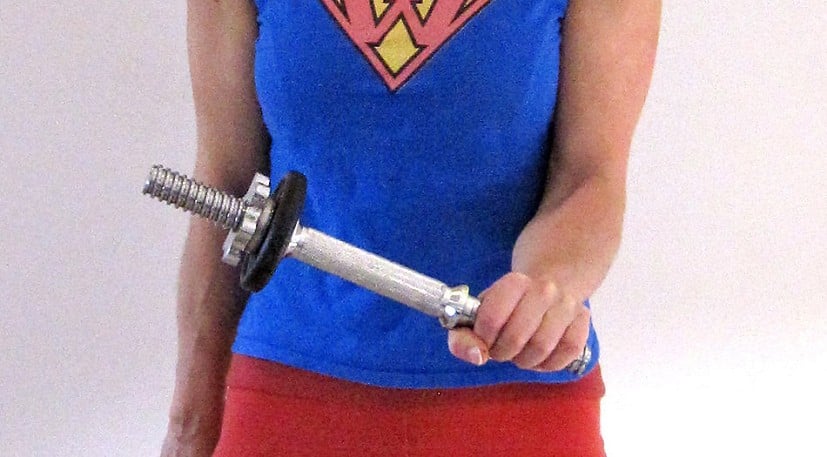
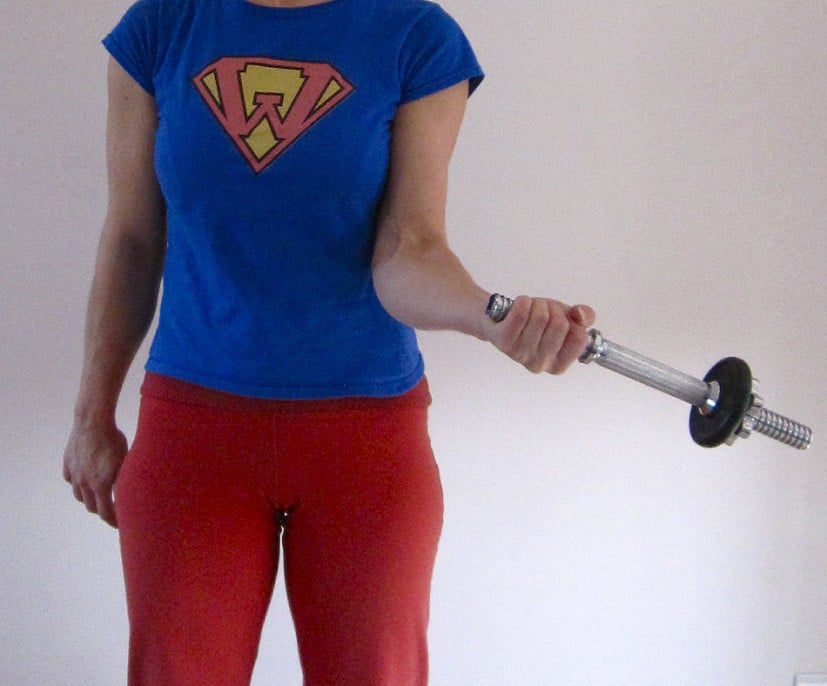
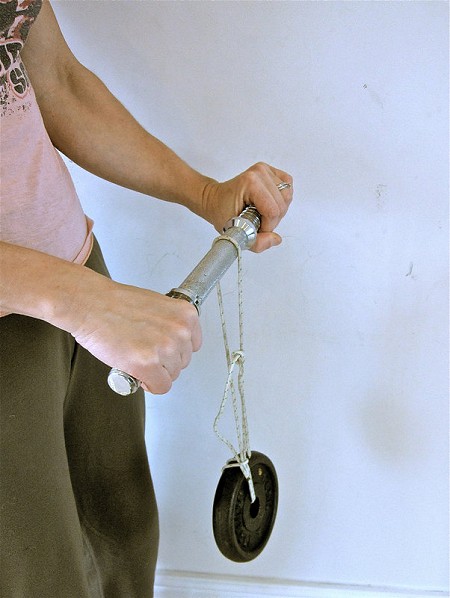
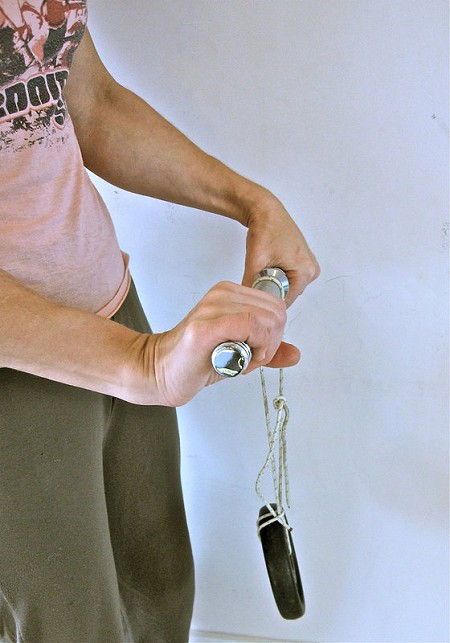
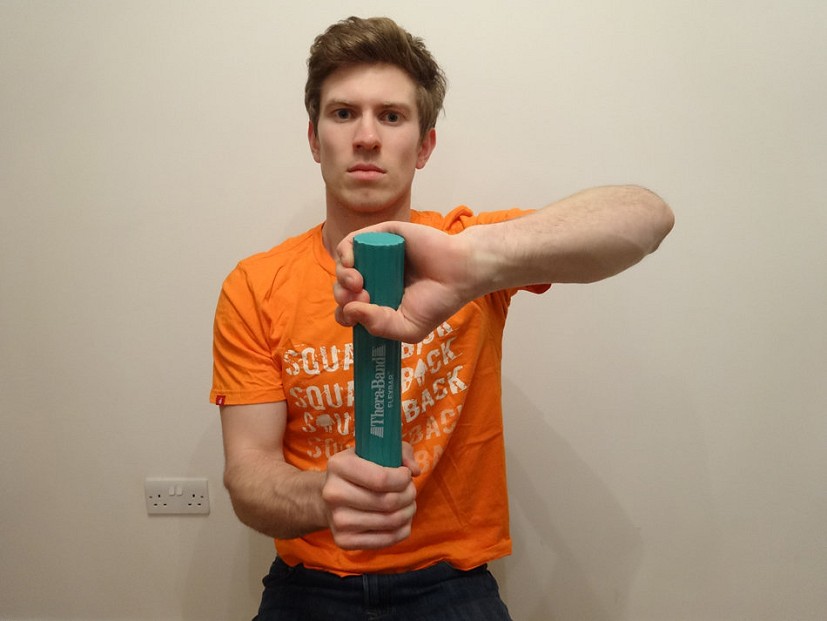
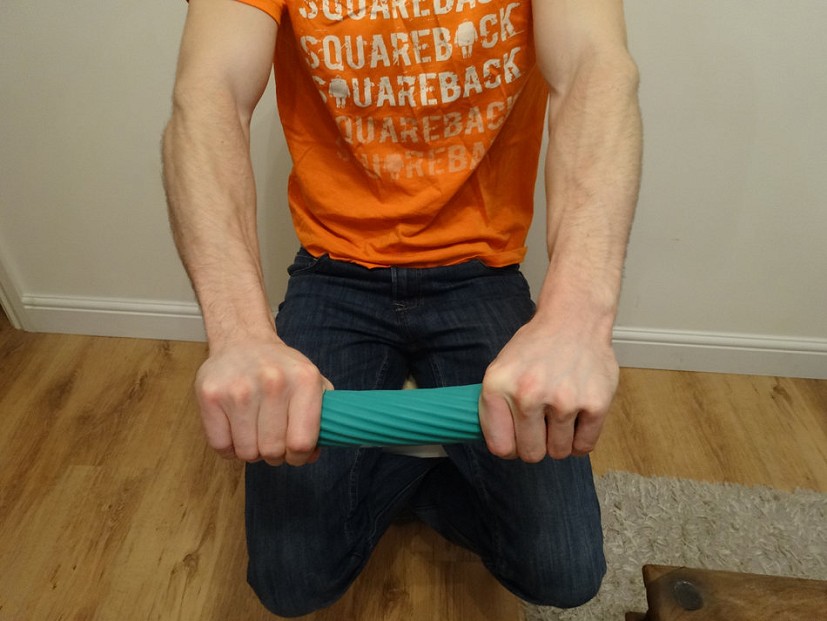
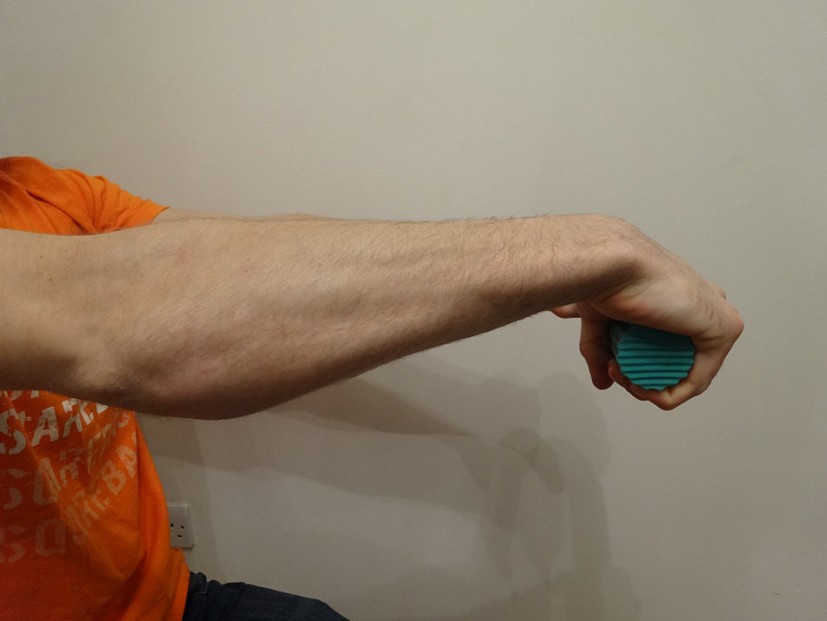
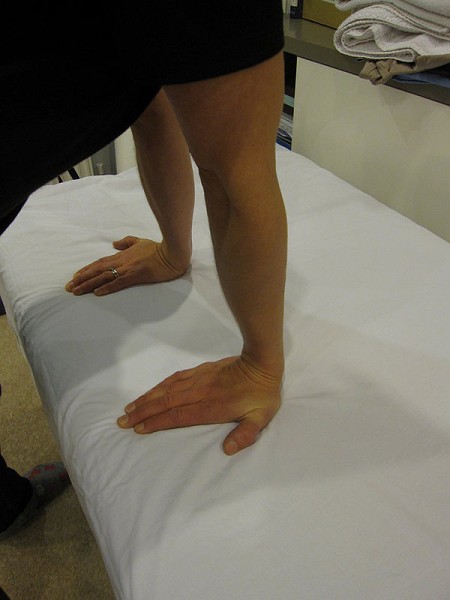
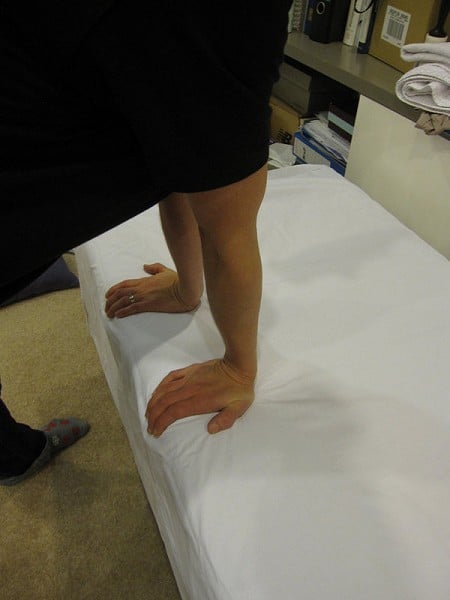
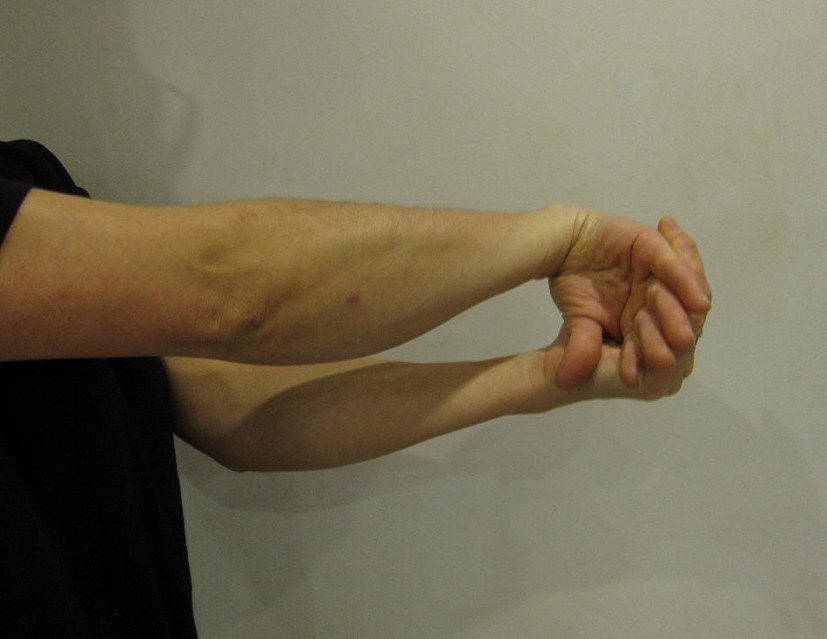







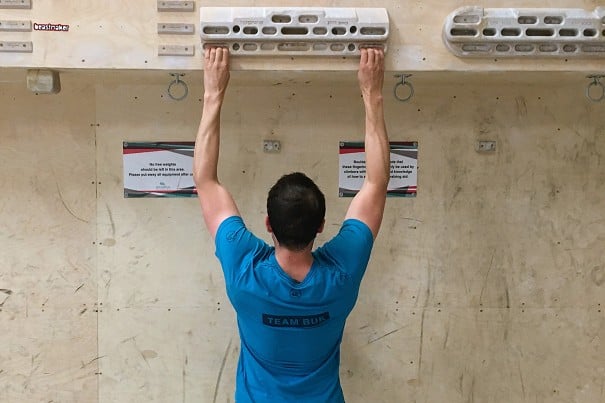
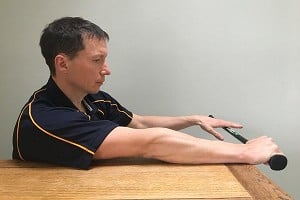
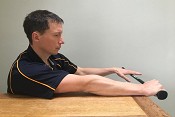


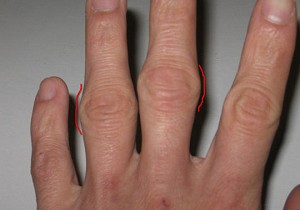
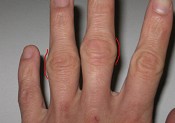


Comments